I want to put a third dimension criteria on queries in Cassandra. It already alows efficient 2-d queries because it is not simply a key-value store, but actually a key-key value store. That is:
Simple key-value store:
Key-key-value store:
So the attraction with Cassandra is that given a value for keyA, I can perform very efficient range queries along keyB, because they are contiguously stored.
Now is it possibe, given keyA and keyB, to also have an index along a third dimension, say keyC, so that I can limit which values are returned based on keyC?
So essentially:
Basically given keyA, say keyA-1, and a range of KeyB, say keyB-2 thru keyB-4, I want only to return the values corresponding with keyC-3, shown green above.
I know this is possible because even a simple key-value store can do it with multiple indices. The question is, is it efficient. Could I still perform really fast range queries along keyB?
My use case is time series, where I want to store minute-resolution, and daily-resolution data for the same series. So keyA would be the series I want, keyB would be the day, and keyC would be the minute. I want to do this because storing everything as minute would mean if I needed the daily data, it would mean getting far too much data out and over the network (24*60 minutes per day and I only want one of them), into memory, and lots of client-side aggregation.
I know I could store minute and daily in separate tables, but that would limit my flexibility somewhat, not to mention the cleanliness of the schema.
If this is not easy/efficient in Cassandra, is this possible in RIAK TS?


